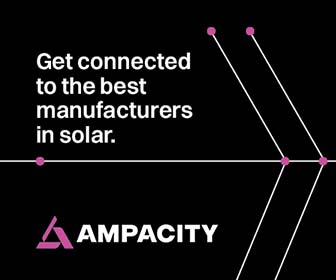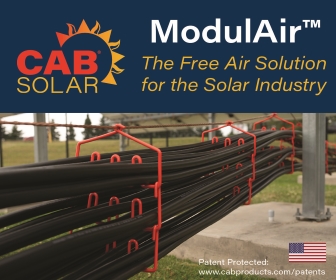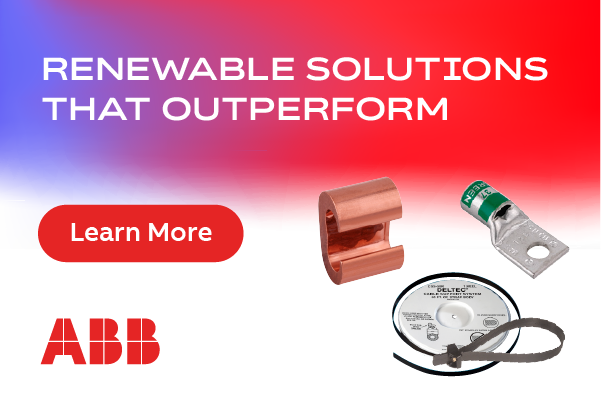DOE Releases Draft Roadmap with Solutions to Improve Interconnection of Rooftop Solar, EV Chargers and Other Distributed Clean Energy Resources
The U.S. Department of Energy’s (DOE) Interconnection Innovation e-Xchange (i2X) program released a draft roadmap to improve processes for interconnecting clean energy resources to the distribution and sub-transmission grids and seeks feedback from the public. The draft roadmap identifies strategies that the interconnection community can take within the next five years and beyond, which can lead to more reliable and resilience electric infrastructure for all Americans.
“Connecting more distributed energy resources will improve grid reliability and lower energy costs in communities across America,” said Jeff Marootian, Principal Deputy Assistant Secretary for Energy Efficiency and Renewable Energy. “Solutions in this roadmap can help all states or regions—regardless of their current deployment levels—speed up interconnection and benefit from clean energy.”
Interconnection is a barrier to the growing deployment of distributed energy resources (DERs), such as distributed solar photovoltaics (PV), wind, electric vehicle (EV) charging equipment, and battery energy storage that produce and supply electricity on a small scale. From 2010 to 2023, the number of residential rooftop PV systems grew from 89,000 to 4.7 million. As the number of requests to interconnect DERs to the electric grid continues to rapidly increase, current processes can’t keep up. Increasing queue times to interconnect clean energy projects can delay the deployment of new resources and jeopardize state and local government renewable generation and EV charging infrastructure goals.
The draft Distributed Energy Resource Interconnection Roadmap provides stakeholders with a set of 37 solutions organized around increasing data access, transparency, and security for interconnection; improving interconnection process and timeline; promoting economic efficiency in interconnection; and maintaining a reliable, resilient, and secure grid. The document is a complement to the Transmission Interconnection Roadmap released earlier this year, which identifies near- to long-term solutions to address current challenges in transmission system interconnection.
DOE released a request for information (RFI) to solicit input from interconnection stakeholders on the challenges and solutions outlined in the roadmap. Grid operators, utilities, state and local governments, Tribal governments and Tribal utilities, clean energy developers, energy justice organizations, nonprofits, trade associations, and other stakeholders are encouraged to provide feedback. Responses are due by October 7 at 11:59 p.m. ET.
i2X launched in June 2022 with funding from the President’s Bipartisan Infrastructure Law to enable simpler, faster, and fairer interconnection of clean energy resources while enhancing the reliability, resilience, and security of the electric grid. To develop this roadmap, DOE convened more than 2,000 stakeholders in a series of 22 virtual public meetings that covered key issues, including cost allocation, queue management, data transparency, equity and energy justice, workforce, grid engineering practices, and EV charging.
DOE i2X and the Joint Office of Energy and Transportation recently announced the Innovative Queue Management Solutions (iQMS) for Clean Energy Interconnection and Energization program. This program will award $11.2 million to no more than 25 distribution utilities to pilot innovative solutions for managing renewable energy and EV charging interconnection and energization queues. Many distribution utilities lack the tools and internal capabilities to manage the large volume of interconnection requests for mid-scale clean energy and flexible demand projects, like EV charging, without delays or high costs. Distribution utilities can apply for funding through the iQMS program by October 16 at 3 p.m. ET.
U.S. Department of Energy | www.doe.gov










.png?r=5413)

